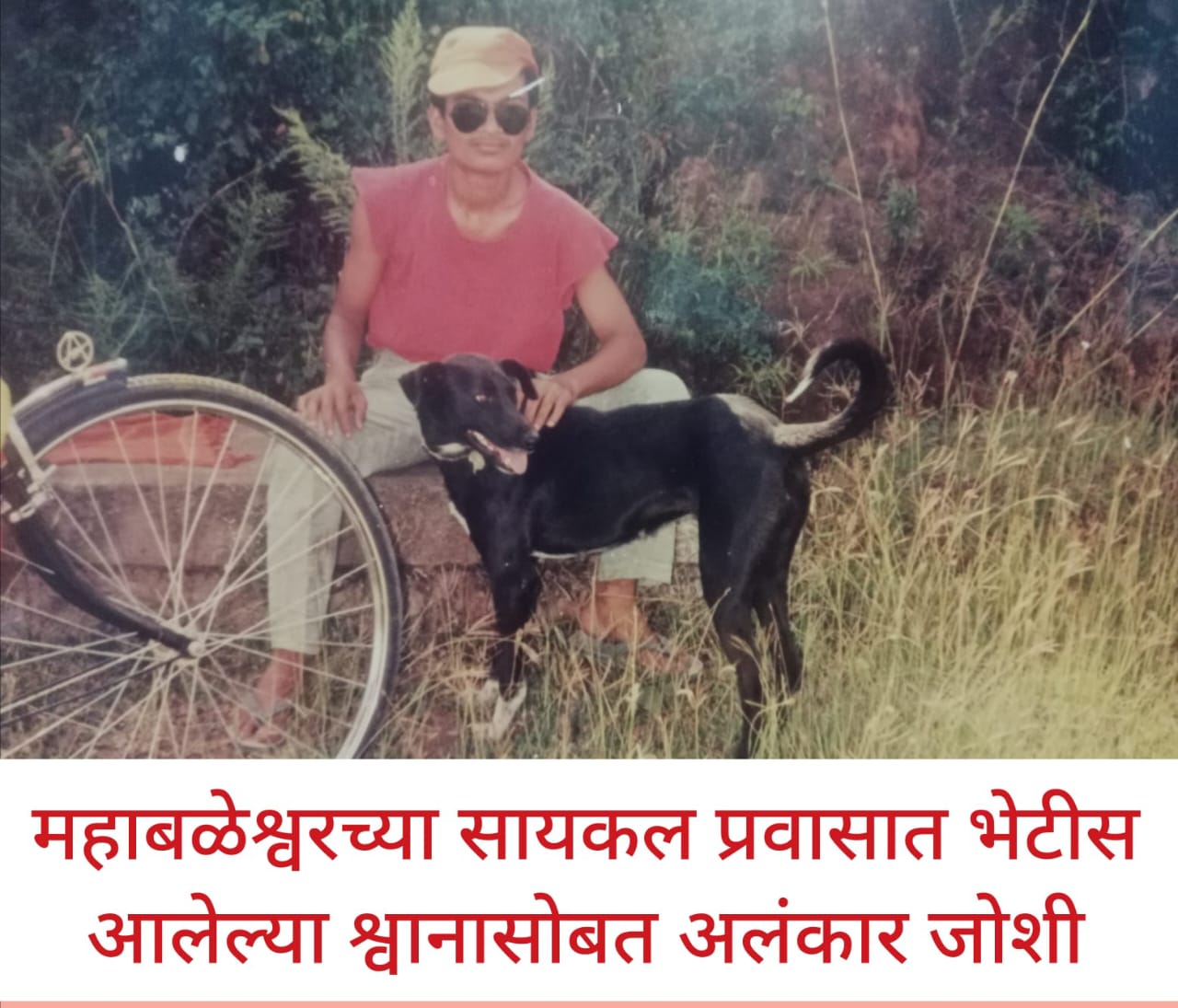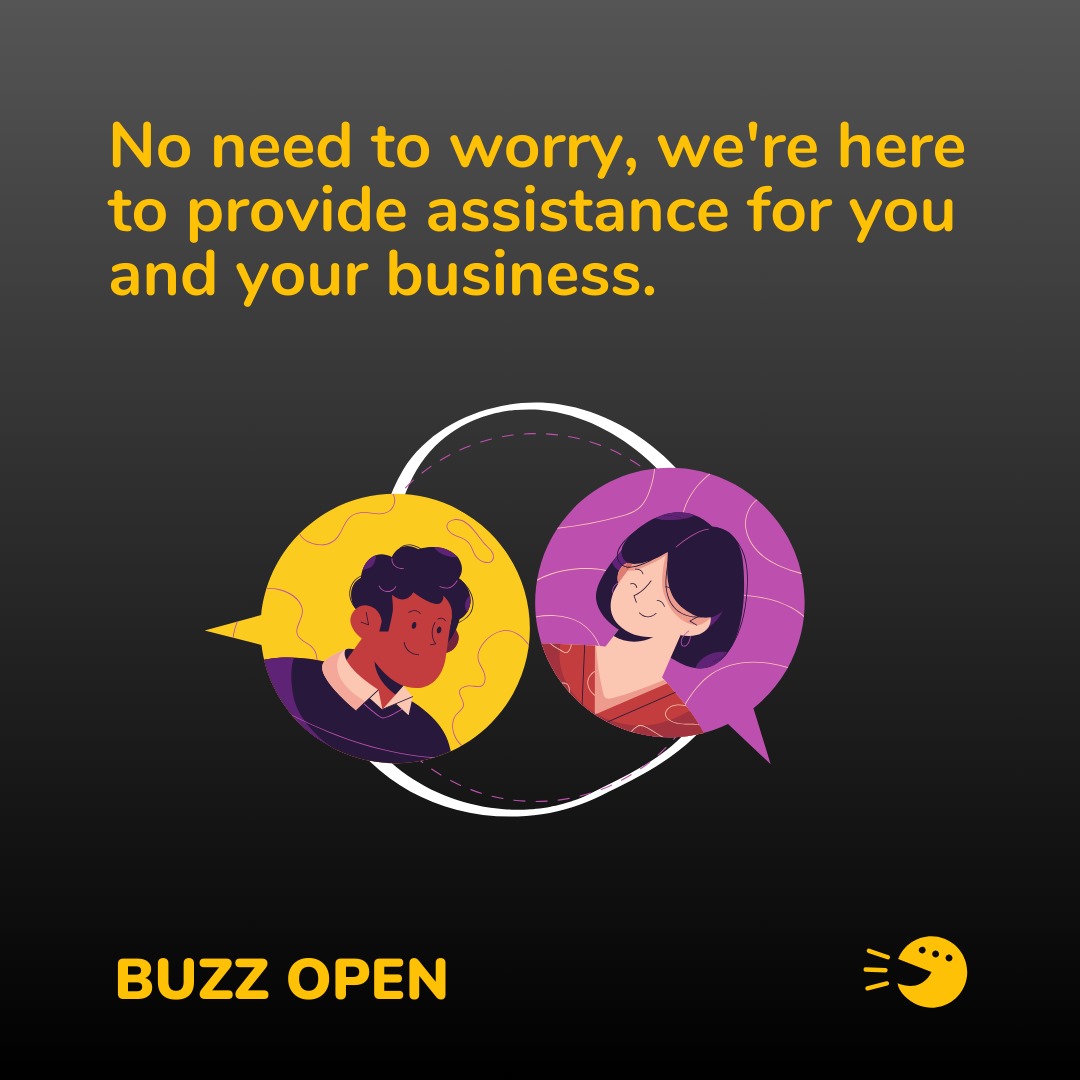Okay, so check this out—there’s this moment when you realize your solana wallet seed phrase is that one lifeline between you and your entire crypto stash. And goddamn, it’s terrifying how many folks treat it like some forgotten grocery list. Seriously? You’d think with all the buzz about Web3 dApps and decentralization, people would get the memo: lose your seed phrase, and you’re basically locked out forever. No customer support hotline. No “forgot password” button. Nada.
Wow! The first time I nearly lost access to my wallet, my heart nearly jumped out of my chest. My instinct screamed, “Don’t screw this up!” But here’s the thing—most users don’t have that moment of clarity until it’s too late. At first, I thought, “Okay, just jot it down somewhere safe.” But then I realized, wait—what the hell does “safe” even mean in crypto? Your digital fortune relies on a few dozen words written on a piece of paper—or worse, saved in a cloud note. So naive.
Let me tell you, it’s a wild world out there. Web3 dApps promise freedom, yet wallet recovery remains this massive pain point. Unlike traditional apps where a password reset is a click away, your seed phrase is your one and only master key. Lose it, and your wallet is toast. On one hand, that’s the whole point of decentralization—no middlemen, no gatekeepers. On the other hand… damn, it’s a gamble.
And here’s something that bugs me: why isn’t there more chatter about alternative ways to secure or recover wallets? I mean, yes, multi-sig wallets and hardware wallets exist. But they’re not exactly user-friendly for the everyday Joe or Jane trying to navigate the Solana ecosystem. Honestly, it feels like a major barrier for mass adoption. You want to onboard newbies, but then you hand them a seed phrase and say, “Don’t lose this or you’re screwed.” Really?
So yeah, seed phrase backup is crucial. And that brings me to a nifty tip I stumbled upon recently. While exploring options, I found this alternative domain for the well-known solana wallet—it’s like a fresh home for your wallet interface, without the usual clunky URLs that make you squint. The interface is clean, and it’s comforting to have a reliable fallback when you’re juggling multiple dApps. Plus, less phishing risk if you know exactly where to go.
Why Wallet Recovery Is the Elephant in the Room
At first glance, wallet recovery sounds like a solved problem, right? Nope. Actually, wait—let me rephrase that. Some wallets attempt social recovery, where trusted contacts help you regain access. Sound cool? Yeah, until you realize it’s a logistical nightmare. Who picks your trusted contacts? What if they lose their keys? Or worse, what if they’re shady? The more I dug into this, the more I saw that every “solution” introduces new risks or complexity.
My gut feeling says there’s a huge opportunity here for innovation. But the ecosystem moves so fast that wallet providers often prioritize features over foolproof recovery. And frankly, it’s a recipe for disaster. Imagine losing access to your digital assets because you skipped backing up your seed phrase. Or worse, a phishing site steals your phrase because you didn’t verify the domain. (Oh, and by the way, always double-check the domain name! The crypto world is full of lookalikes.)
Speaking of domains, using a reliable and trustworthy domain like solana wallet is a subtle but effective way to dodge phishing scams. It’s not just about fancy UI or features, it’s about trust. And trust is damn hard to build in Web3, where everything’s permissionless and you’re your own bank.
Backing Up Your Seed Phrase: The Art and Science
Here’s what bugs me about most guides on seed phrase backups: they preach the obvious—“Write it down and store it safely.” Yeah, thanks for that. But safe how? Under your mattress? In a fireproof safe? Shoved in a drawer labeled “Crypto Secrets”? The nuance is missing. I’m biased, but I swear the best approach mixes analog and digital methods. For example, a metal backup plate is badass because it’s fireproof and waterproof. Yet, it’s not cheap. So many people stick to paper, which is very very important but incredibly fragile.
Also, consider geographic risk. Storing your backup in the same place as your hardware wallet is basically inviting disaster. Floods, fires, or even your nosy roommate could ruin your day. I know a dude who buried his seed phrase in an encrypted USB somewhere in his backyard. Sounds extreme? Maybe. But hey, that’s the kind of thinking required here.
And don’t get me started on digital backups. Cloud notes, screenshots, emails—these are invitations to hackers. Seriously, don’t do it. My instinct said, “Maybe encrypt it and save it in the cloud.” But actually, that’s a double-edged sword. If you forget the password or the encryption key, you’re toast again. It’s one of those things that only works if you’re disciplined and tech-savvy.
For the average user dipping toes into Solana dApps, the best bet is a simple, physical backup plus memorization of the seed phrase’s structure. I know, memorization sounds old school, but it’s surprisingly effective. And if you want a slick interface for managing your wallet, the alternative solana wallet domain I mentioned earlier is a breath of fresh air.
Web3 dApps and the Wallet Experience: A Love-Hate Relationship
Now, here’s something I never quite understood. Web3 dApps are supposed to be these shiny, user-centric applications that put power back into our hands. Yet, the wallet experience often feels like a relic from the early internet days. Clunky UX, confusing jargon, and the ever-present threat of losing your seed phrase make it a real headache.
On one hand, the tech is revolutionary. On the other, the user experience is lagging behind like a dial-up modem in a fiber optic world. Actually, on second thought, maybe it’s not lagging but intentionally designed to weed out the faint-hearted. Because once you’re in, you’re committed. There’s no easy way out.
It’s also about trust again. You can’t just hand over your private keys to any dApp—no matter how legit it looks. That’s why I always recommend using well-known wallets, and yeah, that includes checking out alternative domains like solana wallet that offer secure, verified access points. It’s a subtle cue but one that can save you from a world of hurt.
Sometimes, I feel like the ecosystem forgets that a huge chunk of users are not crypto nerds. They just want to play a game, swap an NFT, or stake tokens without needing a PhD in cryptography. If the wallet recovery process and seed phrase backup were simpler or more intuitive, adoption would explode. But until then, it’s a wild west of careful users and those who learn the hard way.
And yeah, I know there are hardware wallets, biometric wallets, and fancy multisig setups. But they’re not for everyone. Especially when you’re hopping between multiple dApps on Solana’s blazing fast network, convenience matters. That’s why web wallets accessible via trusted domains are still king for many.
Final Thoughts: Keep Your Seed Phrase Close, Your Wallet Closer
So, what’s the takeaway? Don’t be that person who treats their seed phrase like it’s just another password. It’s more like the nuclear launch code for your digital assets. Write it down. Protect it. Store it wisely. And if you’re dipping into the Solana ecosystem, bookmark a reliable entry point—like the alternative solana wallet domain—to dodge phishing traps and enjoy a smoother experience.
It’s a delicate balance between freedom and responsibility. Web3 dApps offer incredible power, but with great power comes great need for vigilance. I’m not 100% sure there’s a perfect solution yet, but being proactive about wallet recovery and seed phrase backup is the bare minimum.
Anyway, that’s my two cents. Keep your keys close, folks. The crypto world is a beautiful mess, and your seed phrase is your lifeline in this chaos.



